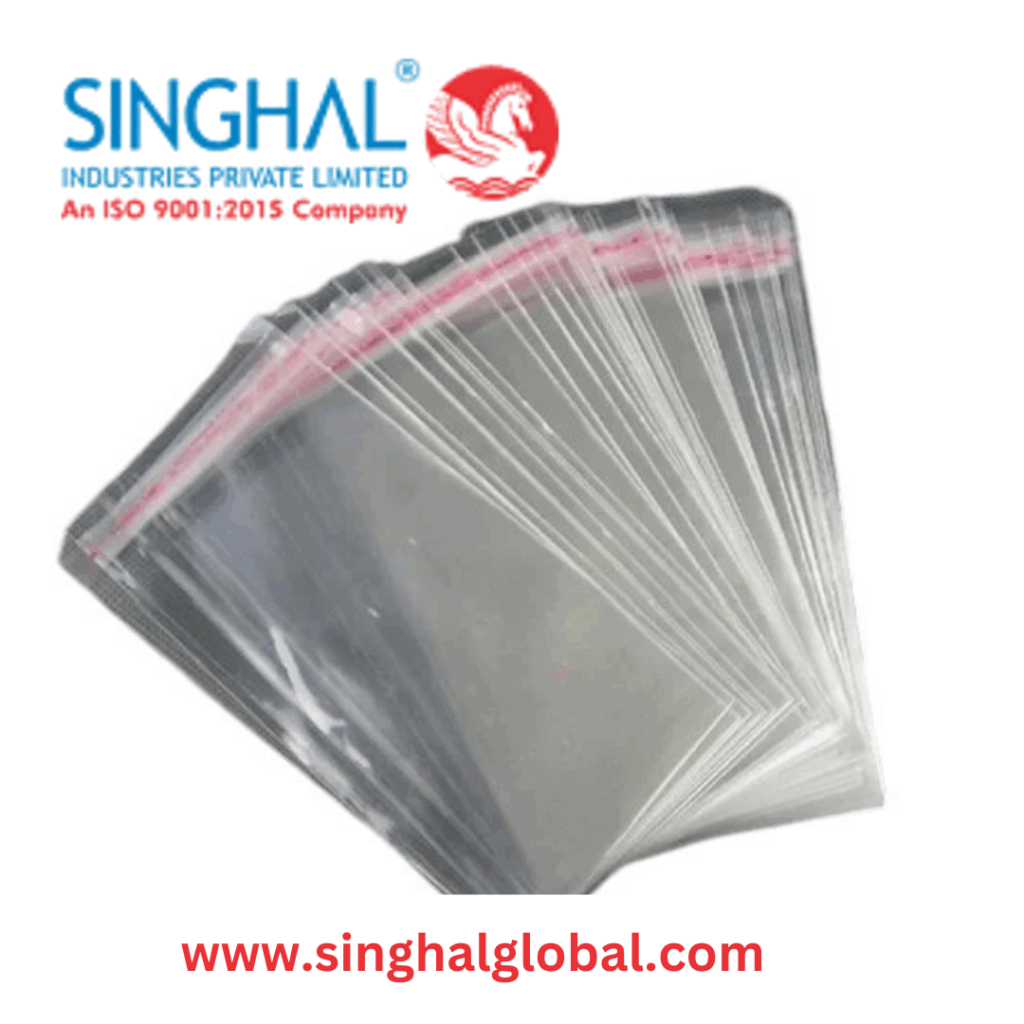In the world of industrial manufacturing, especially in the automotive and heavy machinery sectors, material selection plays a crucial role in ensuring performance, durability, and cost-efficiency. One such material that has gained widespread preference is HRPO steel, short for Hot Rolled Pickled and Oiled steel. With a combination of strength, surface finish, and formability, HRPO steel offers an ideal balance of properties that make it suitable for demanding applications.
What is HRPO Steel?
HRPO steel is produced by taking hot rolled steel and subjecting it to a pickling process—a treatment that removes surface scale and oxide layers using acid. Once cleaned, the steel is oiled to prevent rust and maintain surface quality. The result is a product with the strength of hot rolled steel but with a smoother, cleaner finish that is easier to work with.
Why HRPO is Ideal for Automotive and Heavy Equipment
1. Enhanced Surface Quality
One of the most notable advantages of HRPO steel is its clean and uniform surface. In automotive manufacturing, where aesthetics and precision matter—especially for parts that are later painted or coated—HRPO steel’s smooth finish eliminates the need for additional surface treatments. This reduces processing time and cost.
2. Superior Formability
Automotive and heavy machinery components often involve bending, stamping, and forming. HRPO steel offers improved formability and ductility over traditional hot rolled steel. The pickling process reduces surface roughness, allowing manufacturers to shape the material into complex components without cracking or warping.
3. Reliable Strength and Durability
HRPO retains the inherent mechanical strength of hot rolled steel, making it suitable for parts that require structural integrity, such as chassis, frames, brackets, and reinforcements in vehicles and equipment. This strength ensures that components can withstand heavy loads and impact during operation.
4. Corrosion Resistance with Oiling
After pickling, the steel is coated with a layer of oil, which provides temporary protection against corrosion during storage and transport. While it doesn’t replace galvanizing or painting for long-term protection, this oil layer prevents rusting during critical stages of handling, especially important in assembly-line environments.
5. Cost-Effective Processing
HRPO steel strikes a cost-effective balance. It eliminates the need for secondary cleaning or surface prep before fabrication or painting, helping reduce overall production costs. For high-volume industries like automotive manufacturing, these savings can be substantial.
Common Applications in Automotive and Machinery
In the automotive industry, HRPO steel is commonly used in structural body parts, suspension components, engine mounts, and wheel rims. In heavy machinery, it is ideal for manufacturing base frames, support brackets, hydraulic system parts, and outer panels.
Final Thoughts
HRPO steel offers a winning combination of strength, surface finish, and ease of fabrication—key qualities that automotive and heavy machinery manufacturers demand. Its clean surface, resistance to early-stage corrosion, and formability make it a smart choice for producing durable and cost-effective components.
As industries continue to push for more efficient and reliable manufacturing processes, HRPO steel remains a trusted material in the industrial supply chain.









